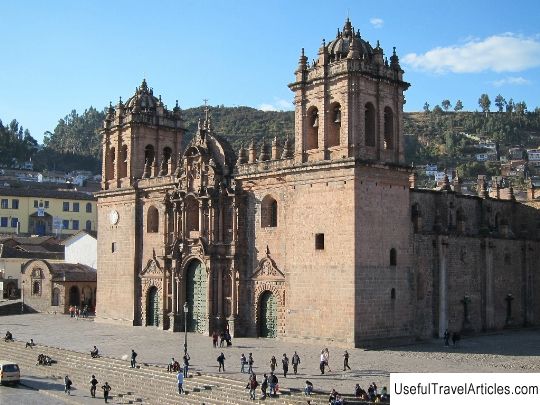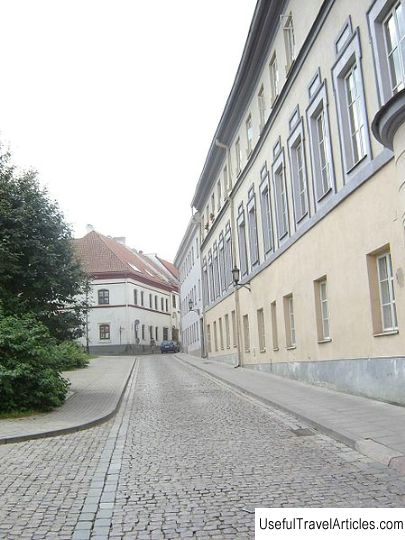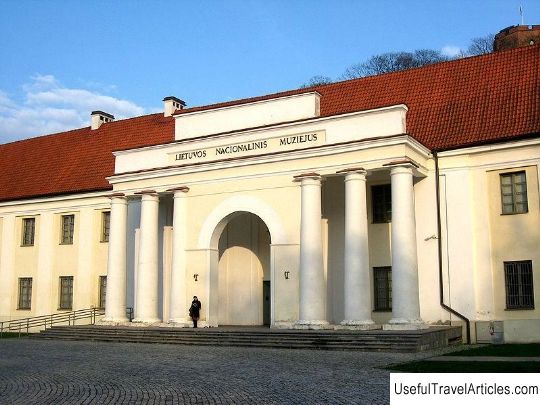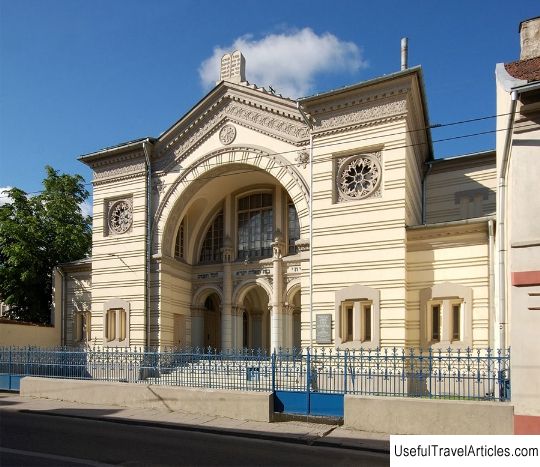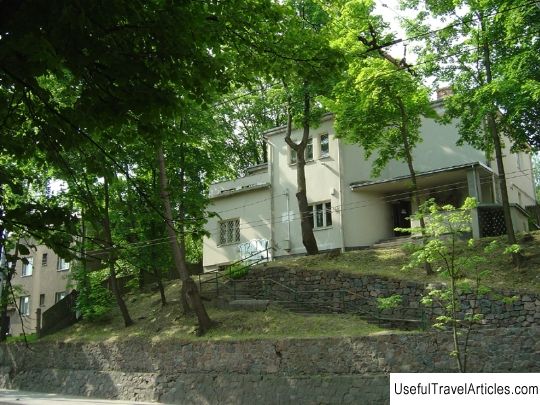Vilnius Gaon Jewish Museum (Valstybinis Vilniaus Gaono zydu muziejus) description and photos - Lithuania: Vilnius
Rating: 8,2/10 (584 votes) 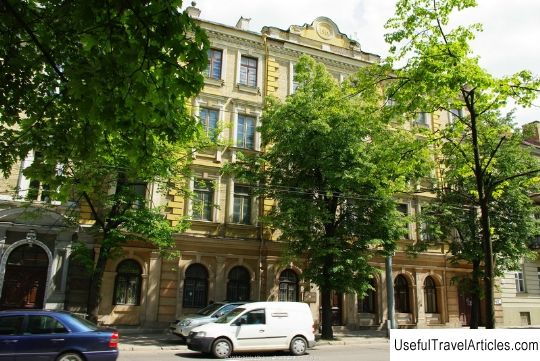
Vilnius Gaon Jewish Museum (Valstybinis Vilniaus Gaono zydu muziejus) description and photos - Lithuania: Vilnius. Detailed information about the attraction. Description, photographs and a map showing the nearest significant objects. The name in English is Valstybinis Vilniaus Gaono zydu muziejus. Photo and descriptionIn the 20th century, there were several attempts to create a museum of Jewish culture in the city of Vilnius, more precisely, there were three of them. The first time happened in 1913, but the museum worked until the outbreak of World War II. During the existence of the museum, a collection of unique items of folk art, documents and periodicals, books has been collected. By the beginning of the Second World War, the museum had over 6 thousand books, thousands of documents, historical and ethnographic works in its collection. A large number of periodicals were created in more than 11 languages of the world, as well as a rich collection of folklore. The museum could provide more than three thousand artworks. But during the war it was almost completely destroyed. In 1944, the museum was recreated by those people who survived the war. The second museum had the goal of reviving Jewish culture and preserving in the memory of people thousands of those killed at the hands of fascism, as well as those shot, burned and tortured in concentration camps. On June 10, 1949, the museum was closed again on the orders of the Soviet authorities, which introduced a policy of anti-Semitism. The entire collection of the museum was distributed between archives and Lithuanian museums. During the period when Lithuania was a Soviet republic, it was impossible to create any institution that could deal with Jewish culture and religion. Forty years later, and on October 1, 1989, the third museum of Jewish culture began its work, which still has its place. The head of the museum was the head of the Ministry of Education and Culture. Opened already in 1989, the Vilna Gaon Lithuanian State Museum had a collection of accessories of Jewish ethnic culture, photographs, articles, printed and handwritten documents, books and works of art. Not only the main, but also the auxiliary funds contain 5 thousand exhibits each. The richest collection of the museum's collections can be subdivided into four sections: a collection of photographs of cultural monuments, famous political and cultural events, monuments to prominent people, as well as monuments of everyday life; a collection of cultural objects that were used in various religious rites, because they had a historical significance, the oldest exhibits were presented by dates from the 18th century; collection of manuscripts and printed publications (diaries, letters and documents); collection of graphics, sculpture, painting and textiles. The museum has the works of artists: Efron, Mikhtom, Lurie, Mane-Katz, Bindler, Perkov, Mergashilskiy and other prominent people. The synagogue is the main organ of Judaism, the cultural, political and economic center of the Jewish community. Currently, there are two functioning synagogues in Lithuania - in Kaunas and Vilnius. Elijah ben Solomon Zalman - Vilna Gaon (1720-1797) was the most enlightened scholar of the Torah and Talmud in the 17th and 18th centuries. His outstanding intellect and high spirituality gave him a great advantage in interpreting the Talmud and Torah. He devoted his entire life to this research. Most of his works were written in Russian and Lithuanian. It was this man who developed new methods of studying the Talmud, as well as critical comments. He did his best to return Jewish law to a rational, original foundation. Elijah ben Solomon Zalman found application of the most important methods of the Babylonian Talmud in Jerusalem. He was the first Jewish scholar to realize that the aging of documents always leads to errors and misinterpretations of what is written. If there were cases when the text caused too much doubt, he compared it with the original with particular care. That is how he clarified what was written in complex and vague fragments. In addition, Gaon seriously studied geography and history, the field of mathematics, anatomy and astronomy. He wrote about 70 works on a wide variety of topics, published after his death.
  We also recommend reading President Ho Chi Minh's Mausoleum and his House-Residence (Ho Chi Minh Mausoleum and Ho Chi Minh House) description and photos - Vietnam: Hanoi Topic: Vilnius Gaon Jewish Museum (Valstybinis Vilniaus Gaono zydu muziejus) description and photos - Lithuania: Vilnius. |
